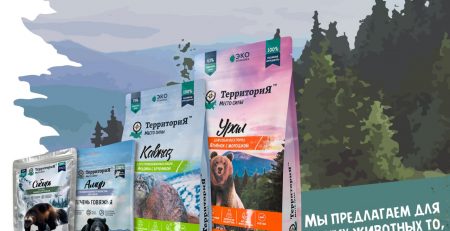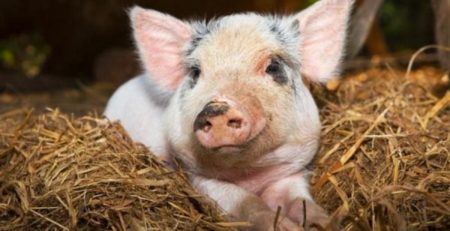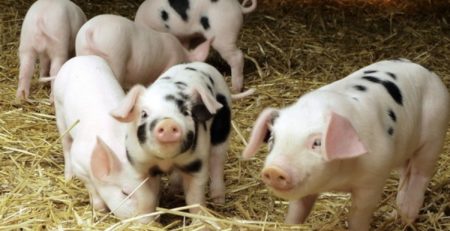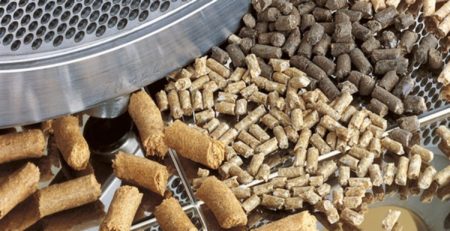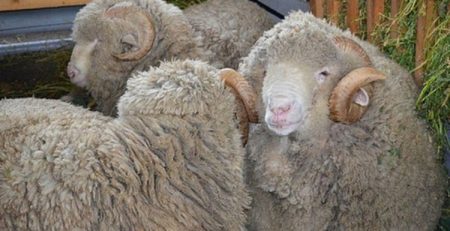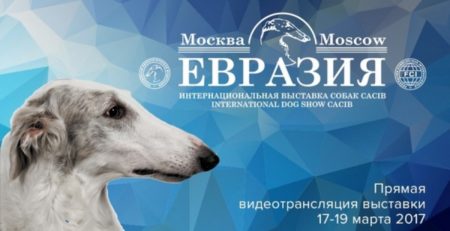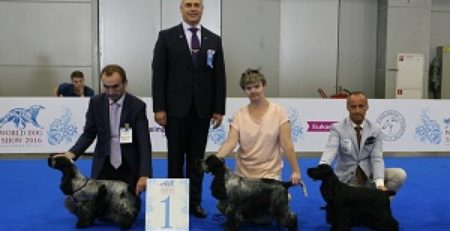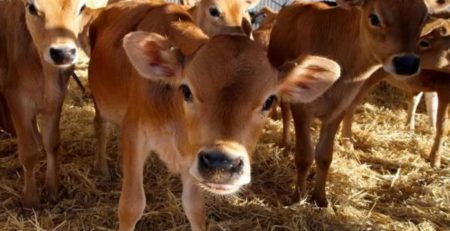Starting 2018, the Russian Federation will create a unified system for identification of companion and farm animals
Animals in Russia will soon receive unique identification numbers (UIN).
Since January 2018, Russian farmers and pet owners will have to supply them with chips, tattoo or a tag with UIN. The information on the vital activity of the animal will be attached to it in the specially created federal state information system (FGIS). According to the instructions of Russian Deputy Prime Minister Arkady Dvorkovich (a copy is from Izvestia), until February 15, the Ministry of Agriculture, the Ministry of Economic Development and the Ministry of Finance should develop a “roadmap” for the introduction of identification.
The press service of the Ministry of Agriculture noted that the assignment was given on the basis of the departmental order “On approving the List of species of animals subject to identification and accounting.” According to the document, horses, cattle, deer, camels, poultry, dogs and cats, pigs, rabbits, fur-bearing animals, bees and fish are subject to identification. An exception is made for wild animals that are in a state of natural freedom, including for the natural resources of the continental shelf and the exclusive economic zone of Russia.
– Veterinary rules for identification and registration of animals are now under agreement, – noted the press service of the Ministry of Agriculture. – The implementation of these measures will be entrusted to the regions.
According to the draft order of the Ministry of Agriculture, it will be possible to mark both one animal and the group. For example, in the case of bees, the entire beeyard is marked at once. The animal will be assigned with a unique 15-digit alphanumeric identifier. The first two digits are the main letters RU, showing that animals are accounted for in Russia; the third digit is a figure indicating that it is a question of individual identification, group identification, or both. The fourth sign is the capital letter: F – if the animal is grown for food or medical products; P – for pets, etc.
The primary registration of the animal must be carried out in the first three months after the birth of the animal or its importation into Russia. The information on the unique animal number, the unique number of the marking means, the type and characteristics of the marking means, the ancestors, descendants and productivity of the animal, its species, breed, field, suit, appearance, date of birth (import), location of birth, movement of the animal, its diseases, developmental defects, genetic defects, the results of diagnostic studies, veterinary treatments, veterinary drugs used, animal owners and other information.
It is allowed to use any convenient means of marking. It can be visual (tag, tattoo, brand, ring, collar), electronic (it’s about implanting information-containing chips), mixed (combination of visual and electronic) and other means of marking.
The labeling process will take place in two stages. Since January 1, 2018, the order will come into force for some animals (including horses, donkeys, mules, cattle, deer, camels and pigs), and since early 2019 – for small cattle (sheep and goats), dogs and cats, poultry, fur-bearing animals and rabbits, bees, fish and other aquatic animals. The draft does not specify whether it is necessary to mark animals born earlier than the order will come into force.
According to Andrei Kolesnikov, head of the Russian Internet Society of Things, if the animal is grown for slaughter, then the data on it should be available to meat buyers. It is clear that the chip itself will not get on the counter, but for buyers, a QR code must be generated – by scanning it with a mobile phone, it will be possible to see information about the animal. For example, the time of slaughter, the use of antibiotics, etc.



